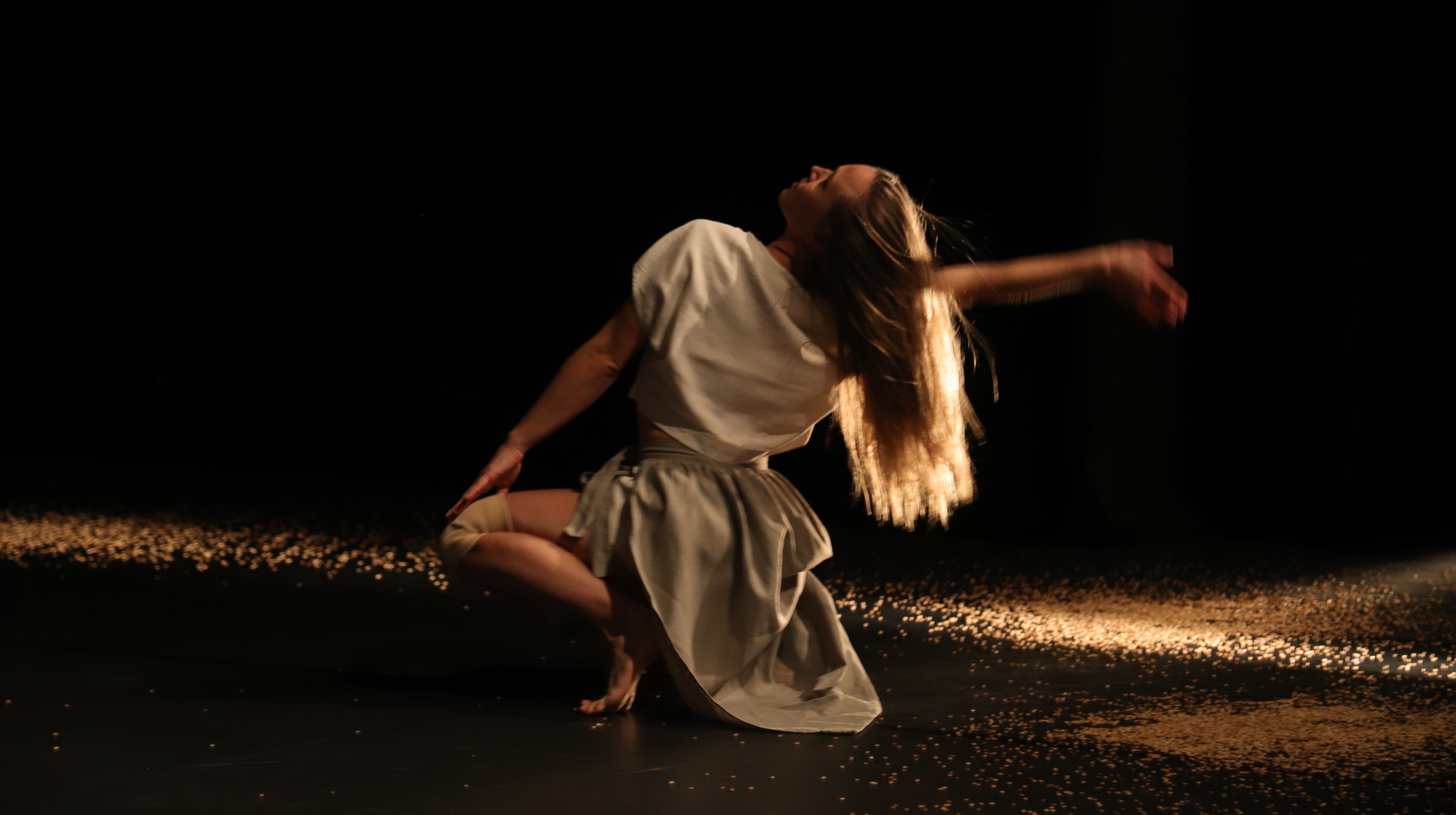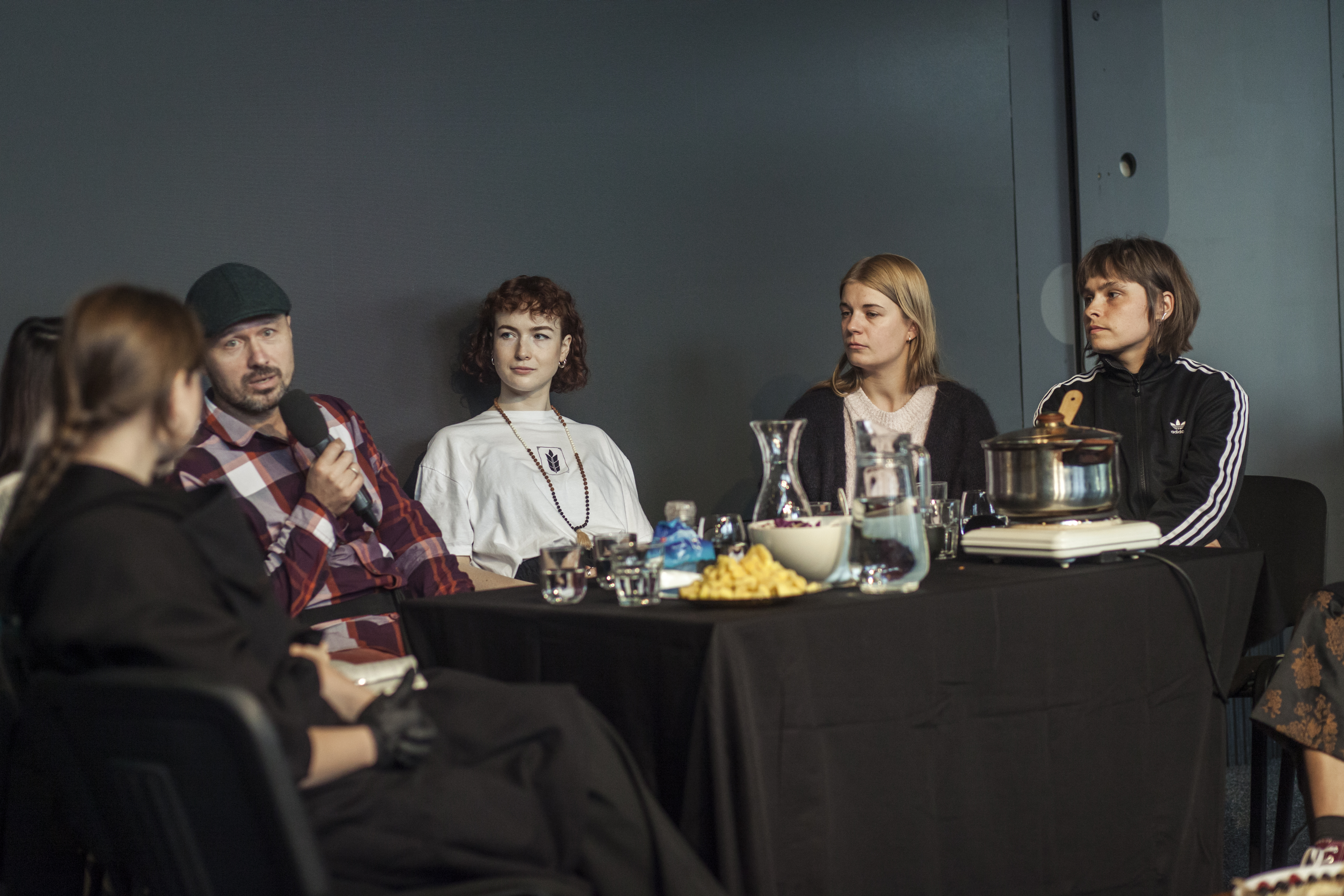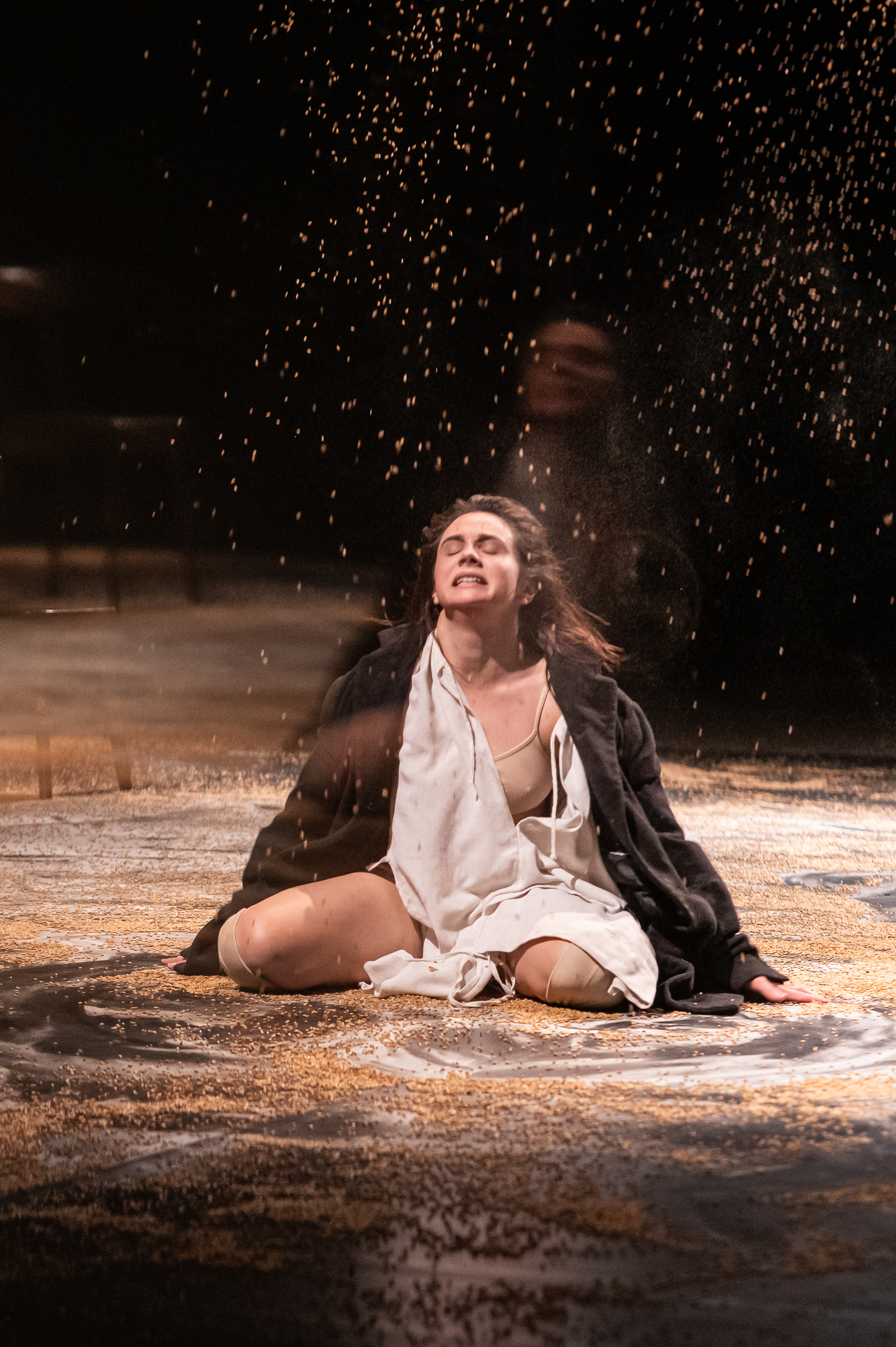ZMINA: Rebuilding | How dance tells the story of war and trauma: project experience “Let the Body Speak: Rebuilding the Community”

“Let the Body Speak: Rebuilding the Community” is an initiative of the Ukrainian organisation Platform for Contemporary Dance in partnership with the Independent Dance Association of Estonia, the Toplocentrala Contemporary Art Centre in Bulgaria, and the PARTY Association in Latvia. This project aims to present Ukrainian contemporary dance in Europe, restore professional ties in the dance community, and unite Ukrainian choreographers in the three countries. We talked to Anton Ovchinnikov - the project organiser, choreographer, and founder of the International Festival of Contemporary Dance Theater Zelyonka Fest - about the forced migration of choreographers, the experience of partnership, and how performing arts can fight Russian propaganda.
How did the idea for the project come about?
We are a non-governmental organisation. We have been working since 2010 and were officially registered in 2015. Since the beginning of the full-scale invasion, we have started a project called Let the body speak. Initially, it was limited to collecting videos by Ukrainian choreographers. Many of these began to be collected in March 2022 on social media. This was important archival material that was worth collecting. We launched the project, announced an open call, and invited everyone who creates something dance-related either in Ukraine or abroad to send it to us, and we will publish it on our channel.
In the following years, this project developed, we started adding educational activities, we produced some performances, helped with the search for partners abroad, because many choreographers went abroad. The application we wrote was a continuation and expansion of the project. We do a lot of things, we are always looking for grants for educational projects and productions. When we saw the opportunity of ZMINA: Rebuilding, which offered to hold events abroad, this is one of the parts of our activity. After all, when we started collecting the archive, we started presenting videos in different countries with our partners. This grant proposal was relevant to us, so we did not hesitate to find partners, formulate an application, and apply.
%20by%20Teodora%20Tzanova.JPG)
How did you expand the project?
First, we found three partners. We hadn't worked with the Bulgarian partner at all, and we had already worked with the Estonian and Latvian partners, but years ago. So for the Let the Body Speak project itself, these were new partnerships. At that time, the application began with a request from our Estonian partner, the Independent Dance Association, who said they were planning a festival and wanted to showcase Ukrainian performances and dedicate a day to Ukrainian contemporary dance. That's how it all started. We discussed this proposal with our Estonian partner and added two more partners to make the project more comprehensive.
How did you work with your partners?
In different ways. Since the beginning of the full-scale invasion, cooperation has been very different. All the organisations that we encounter in our work are divided into three types: those that absolutely support Ukraine and say so, those that do not support Ukraine and avoid any contacts and collaborations, and the third type is somewhere in between, organisations that, by their status, should be on the side of supporting Ukraine, but over time it becomes clear that they have their own opinions about whether Ukraine needs support. In this project, we came across one of the partners who belong to this third category. It's a feeling when you suggest, push, and invent something new, but no one from the partner team responds to it.
We have never had a situation where, after receiving a grant decision, one of the partners told us that they did not want to participate in the project. It was a shock to us.
says Anton Ovchinnikov
If we had reported this, we would have been deprived of the grant. So we had very difficult negotiations for two weeks. We offered to change the partner in the process. But after a while, we managed to convince the partner, and they agreed to continue working. But we have never had anything like this before.
How did cooperation with the partner look after the failure incident?
Our project consisted of three activities in three cities, and in all three cities, the events took place. With those partners with a strange attitude, the event could have been much better. Opportunities, funds, and contacts gave us a great perspective and vision. When you are doing a project abroad, you expect that you can do something while you are in Ukraine, and your partners have to do something locally because everything is in their hands. It's their place, their platform, their people, their connections, and their media. And they did it at ten percent of the possible capacity of how we imagined it. In the end, everything was successful. On our part, we did everything, prepared everything, brought everything, and took everything away. We realised ninety percent of what depended on us, but our partners ignored our requests and inquiries.
Your website states that this project counteracts Russian narratives, so tell us how exactly you think the project counteracts propaganda.
This is a difficult question. If we are working in the area of contemporary dance, we try to go a little wider, to the general level of culture and Ukrainian contemporary art. But as in most areas, Ukrainian culture, and Ukrainian dance in particular, has always been in the shadow of Russian culture. In other words, for most institutions abroad, it simply did not exist. Or it was all labeled as Russian. Our main task, based on the context we have and our knowledge of the development of contemporary dance in Ukraine, is to spread the word that Ukrainian dance exists and that we have powerful choreographers.
For us, the postcolonial discourse is important, which fights against the idea that our space is all one big Russia.
And it's not just about bringing quality performances abroad. Our goal is also manifested in the kind of shows we select. We focus on plays that tell the story of the war and that work with Ukrainian cultural codes, historical events, music, and tradition. We also selected performances that resonate with the European dance context. This is our little struggle.

Your website says that the presentation of Ukrainian contemporary performing arts in the EU is vital for understanding the current realities in Ukraine during the full-scale invasion. What do you think this need is?
The world tries to get information from the news: from its own, or Ukrainian, or Russian news disguised as European. There is also a choice to get information from the original source, from artists who came from Ukraine, which is different. Very often, what exists in the media is perceived as propaganda.
Still, when artists come and there is an opportunity to listen to them - because we organise artist talks, meetings, discussions - it works as the voices of living, unbiased people who talk about their feelings in a natural language. They have real emotions, they are sincere, and they give more than listening to the news.
says Anton Ovchinnikov
Part of the project was professional discussions about re-establishing ties with artistic communities in different countries. Who participated in the discussions, and what results did you manage to achieve?
Everything turned out very well in Estonia because, as I already mentioned, it was the country from which we received a request for the event. They organised a very interesting audience of young viewers, about 50 people with whom we communicated. In Riga, it was in the premises of the National Academy of Culture; there was also a powerful audience there, including representatives of professional associations, students, and choreographers. In Bulgaria, there were not many people, but they were powerful, high-level professionals. We were interested in talking about migration. In Ukraine, many artists go abroad, if they find an opportunity to work there, they stay there. Some work for several countries. It seems to us that the ties within the community are being destroyed. This has never happened in Ukraine. We have never encountered such a massive departure of choreographers abroad. But we are trying to maintain ties and contacts so as not to lose this community.
This has been a normal story for European countries for many years. They are part of the EU, and choreographers often look for work abroad and leave. We were interested in talking about how they feel about their community, how they preserve it, and how they maintain connections. And whether choreographers, working in other countries for several years, feel like part of the community - we were interested in hearing this to form a stock of knowledge for ourselves for the future.
says Anton Ovchinnikov

But we found that this topic is not very relevant for these countries. They treat it as a normal process. When we ask whether they are trying to keep these people or bring them back, the answer is negative - if people want, they return themselves. But in general, people try to maintain connections. They do not feel it is some kind of problem. They do not feel that they are losing connections the way we do. When I talk to our choreographers who have left, they feel it the same way. I see that perhaps many of these people will never return. And this worries me.
Regarding the results, we met new people. Maybe we will be able to organise something together.
Does migration affect the development of dance within the country?
The development of dance is primarily influenced by the war. The fact that there are more funding opportunities, no matter how strange it may sound, also has an impact. It is mostly external funding. But I cannot say that forced migration has any impact. Because it is very difficult to assess this impact now. Many choreographers who left and with whom I communicate say that they feel very uncomfortable. It is difficult for them. Despite the fact that many in Ukraine believe that they left and that they are okey with that. But this is not so.
We also feel a quantitative increase, people are motivated to create something new. And I believe that a quantitative increase leads to a qualitative increase.
says Anton Ovchinnikov
Artists have also begun to look at their opportunities differently. Professionalisation is taking place. The attitude towards what you do and how it is perceived in other communities is changing.
What was the audience for your project like and what kind of reactions did you receive?
The reactions were different. According to the surveys we received, the reactions were mostly positive. But it seems to me that due to certain ethical barriers, people who feel dissatisfied or don’t like something choose not to leave a review. People see that what we show is a reaction to a traumatic experience and that’s why the reviews are mostly positive. But there was a part when people said that it was difficult and they weren’t sure if they would watch it again. But bringing such works is our conscious choice.
The audience was mostly made up of people who are somehow related to modern dance. There were also people who are rooting for Ukraine and wanted to express their support.
Author: Anna Siedykh
ZMINA: Rebuilding is a project co-funded by the EU Creative Europe Programme under a dedicated call for proposals to support Ukrainian displaced people and the Ukrainian Cultural and Creative Sectors. The project is a cooperation between IZOLYATSIA (UA), Trans Europe Halles (SE) and Malý Berlín (SK).